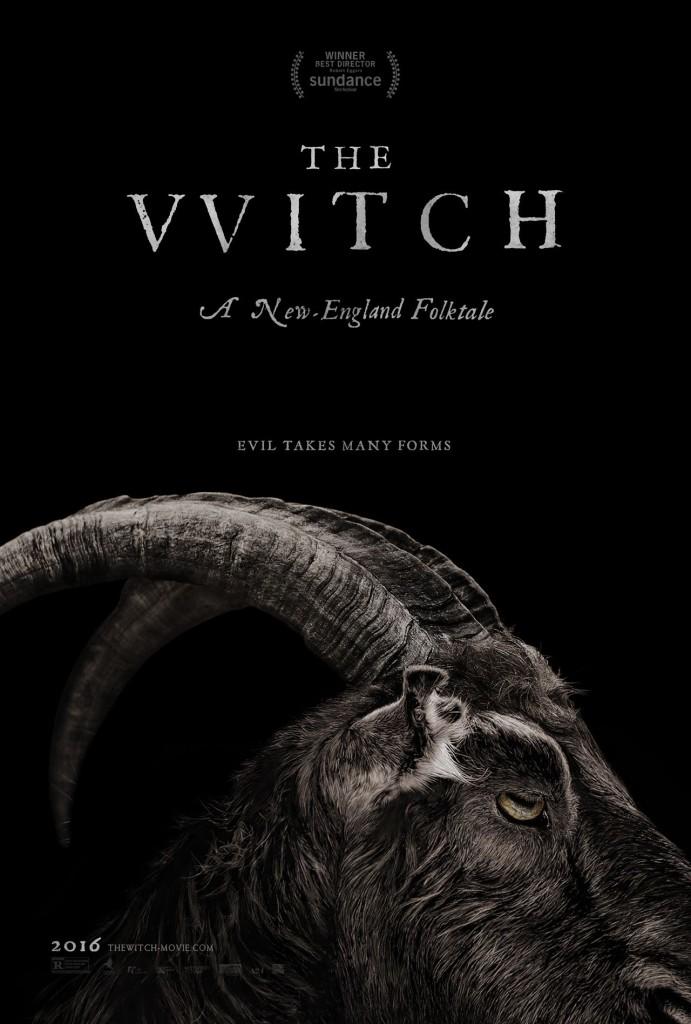Distributed by A24
In theaters nationwide
In this newest installment of the Advocate’s Scary Movie Club, two staffers — horror movie buff Jen Levesque and total wimp Hunter Styles — finally got to see the highly-reviewed horror flick The Witch last week. Set on a lone farmstead outside a Colonial village around 1630, the movie by first-time director Robet Eggers is subtitled “A New-England Folktale.” Think the Brothers Grimm, then go darker. Way darker.
Hunter Styles: Needless to say, this is a very different animal from the last movie we reviewed: Eli Roth’s pulpy, horrible cannibal movie The Green Inferno. I’d argue this is more of a really intense historic drama than a traditional horror movie.
Jen Levesque: Yes. It’s a really cool, horrific period piece. I knew this one had some Satanism in it, but even so, it was more intense than I thought it was going to be. Which is good, because I’m not typically one for period pieces. They’re slow, and I get bored. Characters have no electricity. They have nothing to do. They eat supper and go to bed.
Hunter: At least this family has a big goat named Black Phillip for the kids to play with.
Jen: That first scene where the twins are terrorizing this big beast of an animal — I just assumed he was going to go after them.
Hunter: Yeah, this movie is just soaked in a sense of dread about what’s about to happen. Actually, I thought one of the most explicit scenes — what we’d consider a traditional horror movie scene — happened toward the beginning. It’s a gory scene where the witch makes a flying ointment to rub all over herself, using a bloody mortar and pestle.
Jen: Without seeing what happened, you know whose gore that is.
Hunter: Yuck. So do you think the movie succeeds overall?
Jen: Yes. Because if it were gorier, it wouldn’t be so realistic. All of the most disturbing scenes were really realistic. And the score was awesome.
Hunter: I completely agree. The music had its occasional bang-on-a-can moments, but overall it conveyed the fear of God in these characters’ hearts. A lot of the worst pain they face is cosmic, God-fearing stuff, and you can’t even see it.
Jen: I enjoyed it thoroughly. I don’t think there was any particular scene where I had to look away. I thought it was very well done.
Hunter: And suspenseful throughout. Usually I have a panic attack in the middle of a scary movie because I didn’t realize how much scarier it was going to get, but The Witch hit that level from the get-go.
Jen: That’s because horror movies with witches are often best when they’re creepy, not gory. Witches can control your mind. They can possess you. So much of what is scary goes unseen.
Hunter: It’s got those supernatural horror tropes, but it’s also got the feel of Straw Dogs or Panic Room — it’s a claustrophobic siege movie. This is your property, your family, and something is coming for you. That’s good old American homestead horror. The Witch plays with both of those traditions in an unusual way.
Jen: Vampire movies do that really well too, actually. Vampires are powerful, they’re attractive, and they come find you right where you live.
Hunter: I only had to cover my eyes a few times. Like when the dad locked the kids outside at night. You just know there’s going to be some Jurassic Park-style jump scare out there. Or when that kid Caleb was walking around in the woods by himself. Come on, Caleb.
Jen: If your reason for wanting to see this movie is that you love this time period, you’re in for a surprise. But if you’re into good scary horror, in all its sub-genres, I’d totally recommend this. And the end credits say this is based on folklore and diary entries written during that time period!
Hunter: Are there other good witch horror films?
Jen: Oh yeah.
Hunter: I’m only thinking of Practical Magic.
Jen: That’s not a horror movie. One good one is Susperia, which is an underground Italian horror. I just got into that a few years ago, and it’s one of my favorites. It has a lot of mystery to it. Like Rosemary’s Baby.
Hunter: That’s a great comparison. The Witch feels a lot like Rosemary’s Baby.
Jen: Satanism, the dark side, the sacrifices, the newborn baby…
Hunter: It’s also scary because there are so many ways to depict what it means to be a witch. The main character, this young girl named Thomasin (played by Anya Taylor-Joy), might even be one herself — at least her mother thinks she is. She’s on the brink of puberty. She’s a kid who has to behave like an adult.
Jen: But she’s still naive and vulnerable.
Hunter: It’s fascinating. Witches are bewitching — they can be attractive, like vampires. That’s what’s scary about them. Any other favorite parts?
Jen: The rabbit stood out to me. Anytime that rabbit showed up, something weird happened.
Hunter: Goddamned rabbit. What about the final scene? It almost seems lifted from a different movie — it’s so lush and sensual. Did you like the ending?
Jen: I did. I thought it was a perfect tie-in to everything, and it made the movie even more eerie. These folk stories, they date way, way back. They’re fabricated over time. Technology can kill a lot of scary old ideas and push them aside, but those old stories stem from somewhere.
Hunter: The deep, dark woods.
Jen: Right. How can all of that just be our imaginations?



